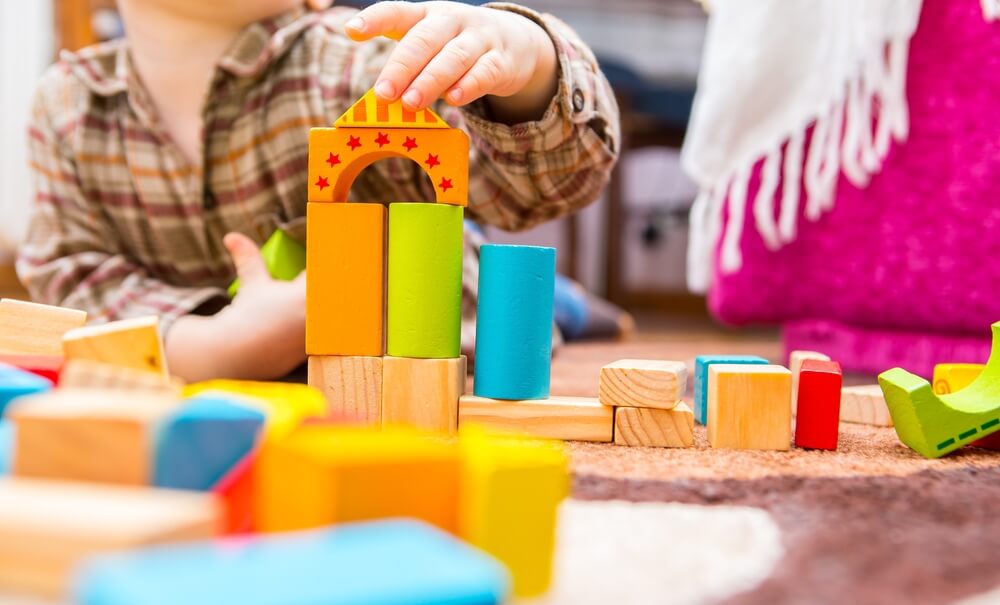As a parent, you probably know the importance of maintaining your child’s oral health. However, teaching your child to understand the importance of brushing twice a day and flossing daily is not always easy or effective. While some children may enjoy the responsibility of taking care of their teeth, others may be more reluctant to participate in a daily oral hygiene routine. Luckily, there is a creative way to teach your child about tooth decay in order to show them the importance of brushing their teeth.
The Canadian Dental Association and Crest developed what they call their “EggSperiment Activity” to help children engage with their oral health. The experiment uses an egg to represent a tooth, since eggshells and tooth enamel are both weakened by acid. It then applies toothpaste to one side of the tooth in order to show how fluoride can protect the “tooth’s” surface from harmful acids. Although the experiment uses vinegar, you can explain to your child that they have bacteria in their mouth that produce a similar acidic solution.
For many children, simply telling them something is not enough. Instead, performing this experiment allows them to see firsthand how the acids produced by bacteria can “eat away” at their enamel and cause tooth decay. The experiment also shows how effective fluoride is at protecting the enamel from becoming damaged. Overall the experiment shows your child why it is so important to remove bacteria by brushing and flossing, and to use toothpaste containing fluoride.
From the Canadian Dental Association website, here are the materials needed and steps for this experiment:
Materials
- Crest for Kids Cavity Protection Sparkle Gel toothpaste
- Glass measuring cup (500 ml / two cups)
- Three or four eggs without cracks – fresh or hard boiled*
- Table vinegar
- Paper towel
- Teaspoon
- Plastic wrap
- Marker or pen
- Clear nail polish
* You only need one egg for the experiment but you may wish to use three or four eggs at one time in case one egg gets dropped.
Preparation
- Let the egg warm to room temperature (three hours).
- Empty the entire tube of toothpaste into a measuring cup.
- Pat down toothpaste with a teaspoon to level and remove any air bubbles.
- Wash your hands.
- Wash the egg with warm tap water and dry it with the paper towel.
- With a marker or pen, mark one side of the egg with a small “X” to show the side that will not be covered (protected) by the toothpaste. Cover the mark with clear nail polish to protect it from the vinegar.
- Place the egg horizontally into the measuring cup, marked side up, so the toothpaste covers half the egg. Make sure the egg doesn’t touch the bottom of the cup.
- Cover the cup tightly with plastic wrap and put it in a safe place. Leave it at room temperature for four full days.
Acid Attack
- After the four days, carefully remove the egg with a teaspoon and rinse off all the toothpaste with warm tap water.
- Place the egg on a clean dry surface and let it dry overnight. Wash the measuring cup.

- The next day, pour enough vinegar into the measuring cup to cover the egg.
- Carefully place the egg in the vinegar with the teaspoon.
- Rest the teaspoon on the egg so that the egg remains under the vinegar.
- Gas bubbles will quickly begin to form around, and rise from, the unprotected side of the egg. The shell is being attacked by acid. (eventually bubbles will appear on the whole egg.)
- Leave the egg in vinegar until the unprotected side of the shell softens (side with the “X”). This will take from seven to 13 hours. If in seven hours you won’t be around to check, remove the egg from the vinegar before you leave, wash it with warm water and leave it on the counter overnight. Record how many hours the egg was in the vinegar. When you return, put the egg back in the vinegar.
Results
- After the egg has been in the vinegar for a total of seven hours, remove it and check if the unprotected side has softened by tapping very lightly with your finger. If the unprotected side is still hard, put it back in the vinegar.
- Check every hour or two until the shell has softened. If it has softened, continue to the next step.
- Remove the egg and gently wash it with warm tap water. (Be careful, it may be really soft.)
- Holding the egg in one hand, tap the unprotected side (side with the “X”) with your finger or a pen. The shell should be soft and weak. Tap the protected side. The shell should be hard and strong.






